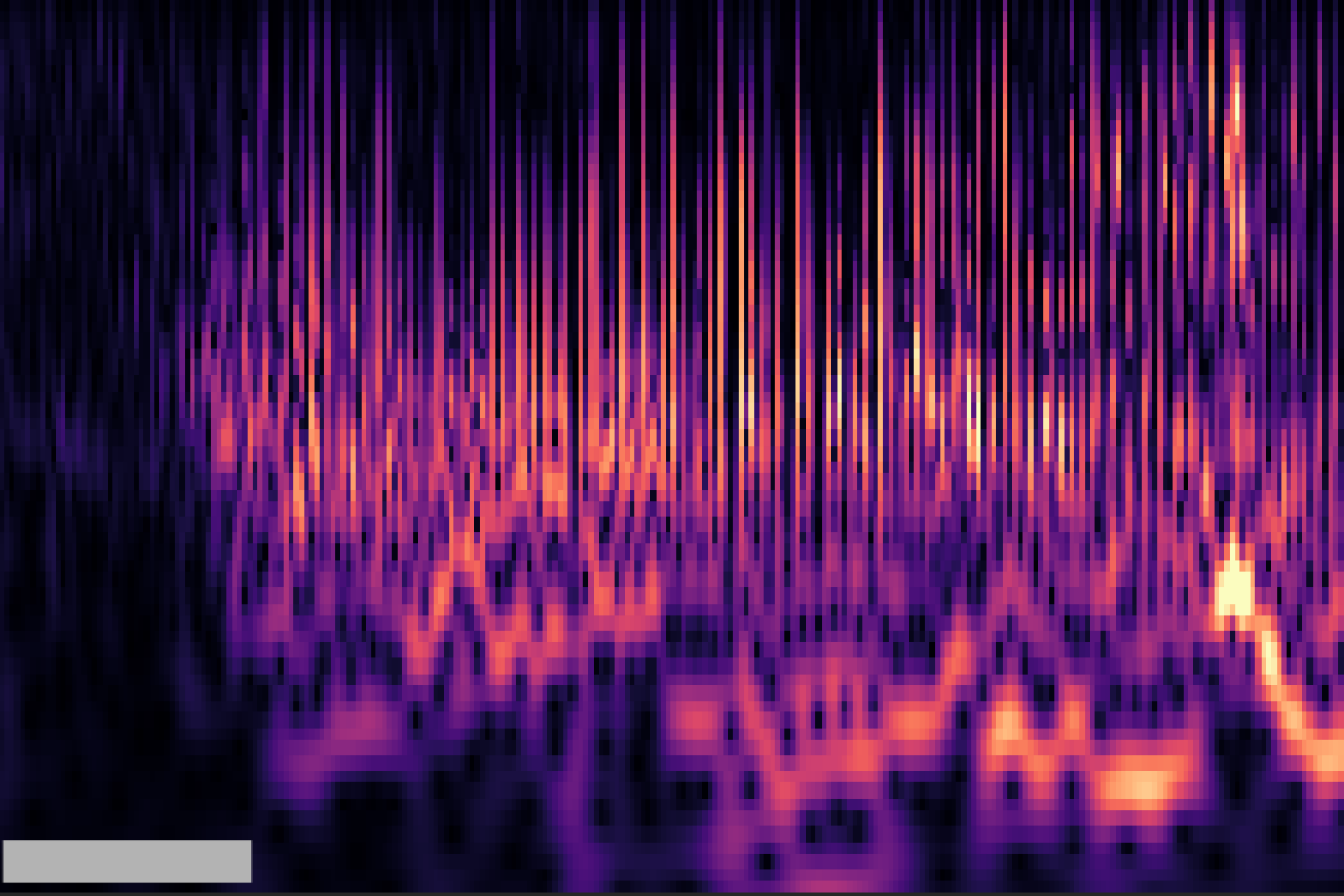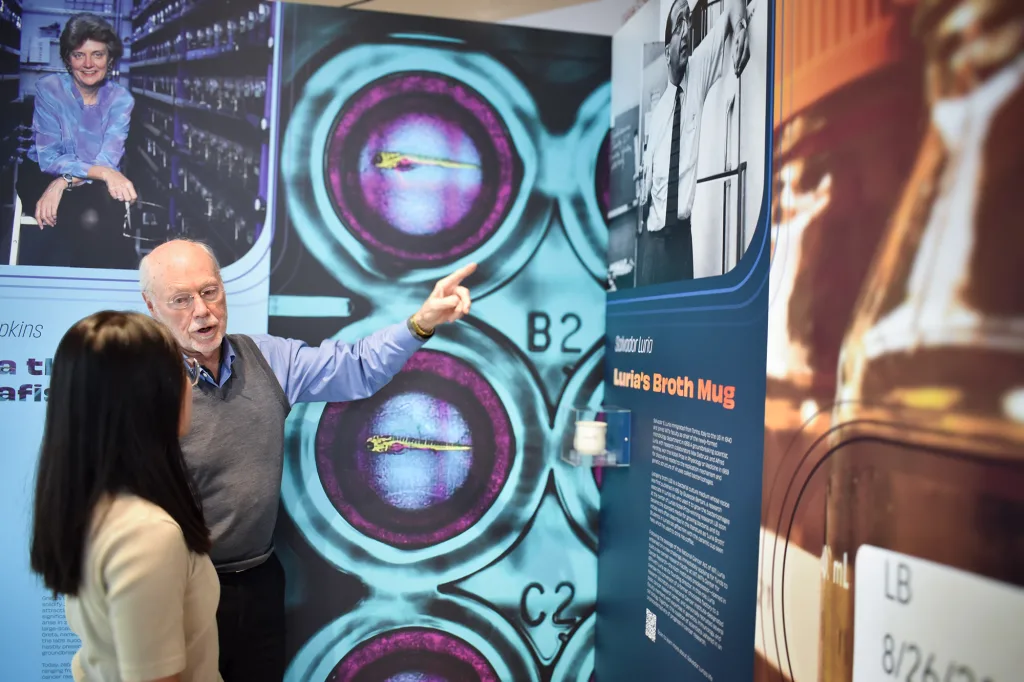Research into electrically stimulating the central thalamus has piqued the interest of scientists and healthcare practitioners alike. This innovative approach has shown promise in reviving patients from unconscious states caused by traumatic brain injuries or anesthesia, as well as enhancing cognitive function and performance in awake animals. However, the technique, known as CT-DBS, presents a potential risk: the onset of seizures. A recent study by MIT and Massachusetts General Hospital (MGH) investigated this method in awake mice, quantifying the chances of seizures at varying stimulation currents and underscoring that these effects can arise even at minimal levels.
“Understanding the triggers and frequency of seizure activity is critical, especially as brain stimulation therapies become more common,” notes Emery N. Brown, a co-senior author and the Edward Hood Taplin Professor of Medical Engineering and Computational Neuroscience at MIT’s Picower Institute for Learning and Memory, the Institute for Medical Engineering and Science, and the Center for Brains Minds and Machines (CBMM).
These seizures, which occur during CT-DBS, are classified as “electrographic seizures.” They are characterized by bursts of voltage fluctuating among neurons and result in behaviors akin to “absence seizures,” where affected subjects display a blank stare and freeze for approximately 10-20 seconds.
The research aimed to pinpoint a stimulation current—below 200 microamps—wherein seizures could be reliably prevented. To find this threshold, the team initiated brief sessions of CT-DBS starting at 1 microamp, gradually increasing to 200 microamps until a seizure was observed. Surprisingly, even at lower stimulation currents, electrographic seizures occurred 2.2% of the time during extended stimulation trials, affecting 10 of 12 mice observed.
“The results were unexpected and significant,” states co-lead author Francisco Flores, a research affiliate at the Picower Institute and CBMM, who is also an instructor of anesthesiology at MGH. The study, co-led by Isabella Dalla Betta, was published in Brain Stimulation.
The frequency of stimulation impacted neither seizure risk nor occurrence. Instead, the probability of electrographic seizures increased with higher current levels. For example, at 50 microamps, seizures occurred in 5 out of 190 tests, while at 100 microamps, it was two out of 65 tests. The data also revealed that seizures appeared more rapidly at elevated currents, and bilateral thalamus stimulation led to quicker seizure onset compared to unilateral stimulation. Some mice exhibited absence-like seizure behaviors, while others displayed hyperactivity.
Interestingly, the reasons behind some mice developing seizures at merely 20 microamps remain unclear, especially when others did not experience any seizures at 200 microamps. Flores hypothesized that varying brain states could influence seizure susceptibility during thalamic stimulation. Notably, seizures are generally absent in humans undergoing CT-DBS while in a minimally conscious state post-traumatic brain injury or in animals under anesthesia.
The researchers suggest that electroencephalogram (EEG) monitoring is crucial for detecting electrographic seizures when performing CT-DBS, particularly in awake subjects. Matt Wilson, Sherman Fairchild Professor at the Picower Institute, CBMM, and multiple departments including Biology and Brain and Cognitive Sciences, is also a co-senior author on this study.
This groundbreaking research received backing from The JPB Foundation, The Picower Institute for Learning and Memory, various annual donors, and the National Institutes of Health.
Photo credit & article inspired by: Massachusetts Institute of Technology



